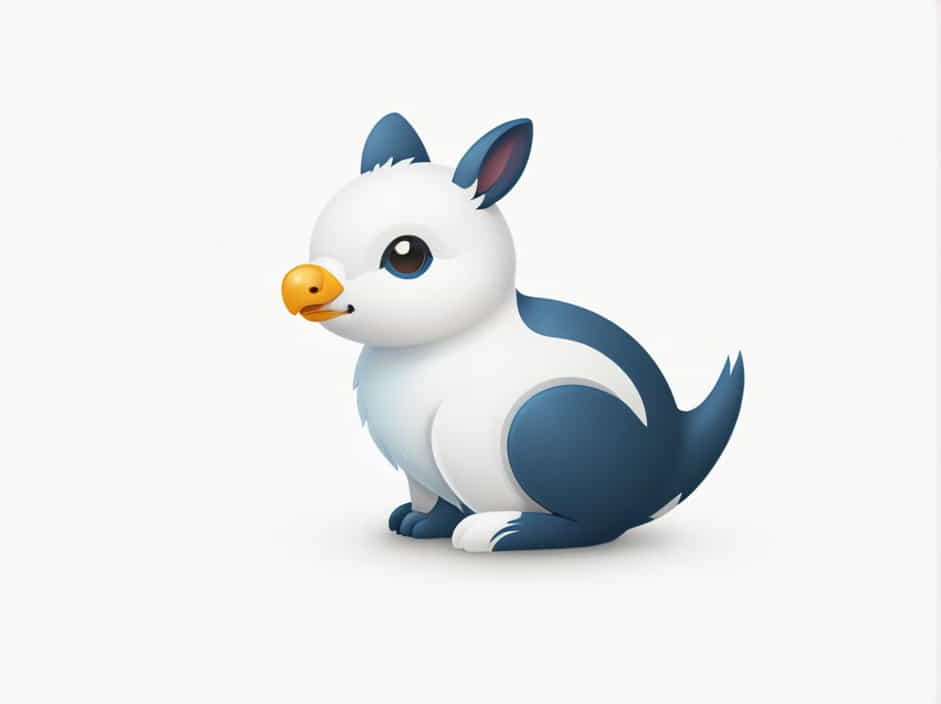In the animal kingdom, reproduction plays a vital role in ensuring the survival of species. Some animals lay eggs, while others give birth to live young. The term oviparous refers to animals that reproduce by laying eggs. However, not all creatures follow this method of reproduction.
In this topic, we will explore what makes an animal oviparous, how oviparous and non-oviparous animals differ, and examples of animals that do not lay eggs. Understanding these distinctions helps us appreciate the diversity of life on Earth.
What Does Oviparous Mean?
The term oviparous comes from Latin, where ‘ovi-‘ means egg and ‘-parous’ means bearing. Oviparous animals lay eggs, and their young develop outside the mother’s body.
Characteristics of Oviparous Animals
- Lay eggs instead of giving birth to live young.
- Eggs contain nutrients needed for the embryo’s growth.
- Fertilization can be internal or external.
- The developing embryo is often protected by a hard or soft eggshell.
Common oviparous animals include birds, reptiles, amphibians, fish, and some insects.
This Is Not an Oviparous Animal – What Does That Mean?
If an animal is not oviparous, it must reproduce in a different way. Animals that do not lay eggs generally fall into two other reproductive categories:
1. Viviparous Animals (Live Birth)
Viviparous animals give birth to fully developed young instead of laying eggs. Their embryos grow inside the mother’s body, receiving nutrients through a placenta or yolk sac.
2. Ovoviviparous Animals (Eggs Inside the Body)
Ovoviviparous animals develop eggs inside the mother’s body, but the eggs hatch internally, and the mother gives birth to live offspring. Unlike true viviparous animals, they do not have a placenta.
The main difference between these categories and oviparous animals is that the young do not develop outside the mother’s body.
Examples of Non-Oviparous Animals
1. Mammals – The Ultimate Viviparous Animals
Mammals are mostly viviparous, meaning they give birth to live young. This group includes:
- Humans – Babies develop inside the mother’s uterus and are nourished by a placenta.
- Dogs and Cats – Common household pets that give birth to live young.
- Dolphins and Whales – Marine mammals that carry their young internally.
However, there is an exception: monotremes like the platypus and echidna lay eggs, making them the only oviparous mammals.
2. Some Reptiles – Beyond Egg Laying
While most reptiles, such as turtles and crocodiles, lay eggs, some snakes and lizards are ovoviviparous or viviparous.
- Boa Constrictors – Give birth to live young after developing inside eggs within the mother’s body.
- Garter Snakes – Carry their offspring internally and give birth to live babies.
3. Certain Fish – Not All Fish Lay Eggs
Many fish are oviparous, but some reproduce differently.
- Sharks – Some species, like great white sharks, are ovoviviparous, meaning their young hatch inside the mother before birth.
- Guppies – These small freshwater fish are viviparous, giving birth to free-swimming young.
4. Amphibians – Mostly Egg Layers, but Not Always
Most amphibians lay eggs in water, but a few species show viviparous traits.
- Some Salamanders – Certain species carry their eggs internally and give birth to live young.
Differences Between Oviparous and Non-Oviparous Animals
| Feature | Oviparous Animals | Non-Oviparous Animals |
|---|---|---|
| Reproductive Method | Lays eggs | Gives birth to live young |
| Embryo Development | Outside the mother’s body | Inside the mother’s body |
| Nourishment | Egg yolk | Placenta or internal yolk sac |
| Examples | Birds, reptiles, amphibians | Mammals, some reptiles, some fish |
These distinctions highlight why some animals evolved live birth rather than egg-laying.
Why Are Some Animals Not Oviparous?
Different reproductive strategies exist due to evolutionary advantages. Some animals evolved viviparous or ovoviviparous reproduction for the following reasons:
1. Protection from Predators
Eggs laid in the wild are vulnerable to predators. Carrying offspring inside the body increases survival rates.
2. Adaptation to Harsh Environments
Animals living in cold climates (like mammals) benefit from internal development because eggs are sensitive to extreme temperatures.
3. Increased Offspring Survival Rate
Live births mean the young are often more developed and capable of survival compared to fragile eggs.
Could an Oviparous Animal Evolve to Be Non-Oviparous?
Yes! Evolution is an ongoing process. Some species have transitioned from laying eggs to live births over millions of years. For example:
- Some reptiles evolved from oviparous to viviparous species to improve offspring survival.
- Fossil evidence suggests early mammals evolved from egg-laying ancestors similar to modern monotremes.
Such changes occur when live birth offers a greater survival advantage than egg-laying.
Not all animals lay eggs! Viviparous and ovoviviparous animals have evolved unique ways to reproduce, ensuring better survival for their offspring.
Understanding the difference between oviparous and non-oviparous animals helps us appreciate the diverse ways life has adapted to different environments. Whether an animal gives birth to live young or lays eggs, every reproductive method plays a crucial role in the balance of nature.
